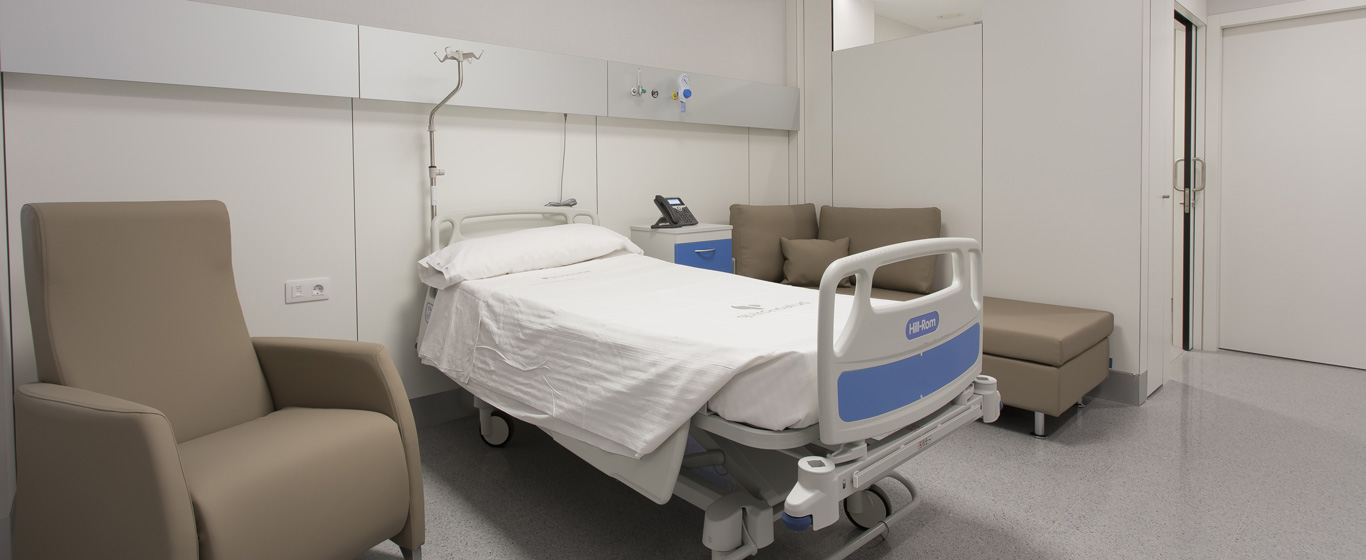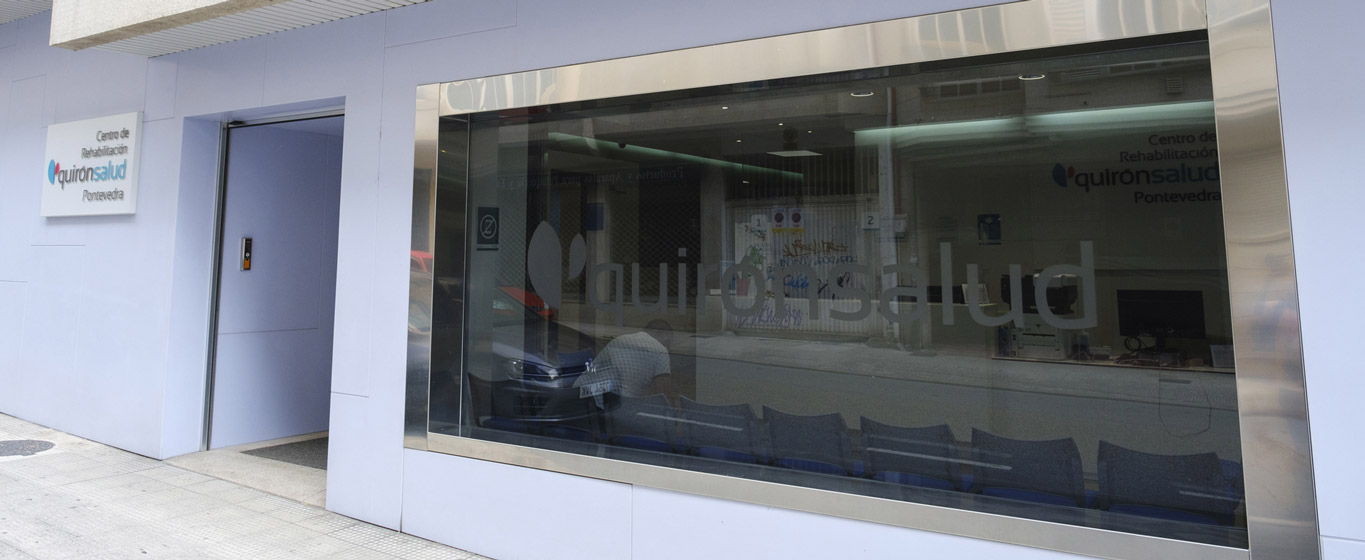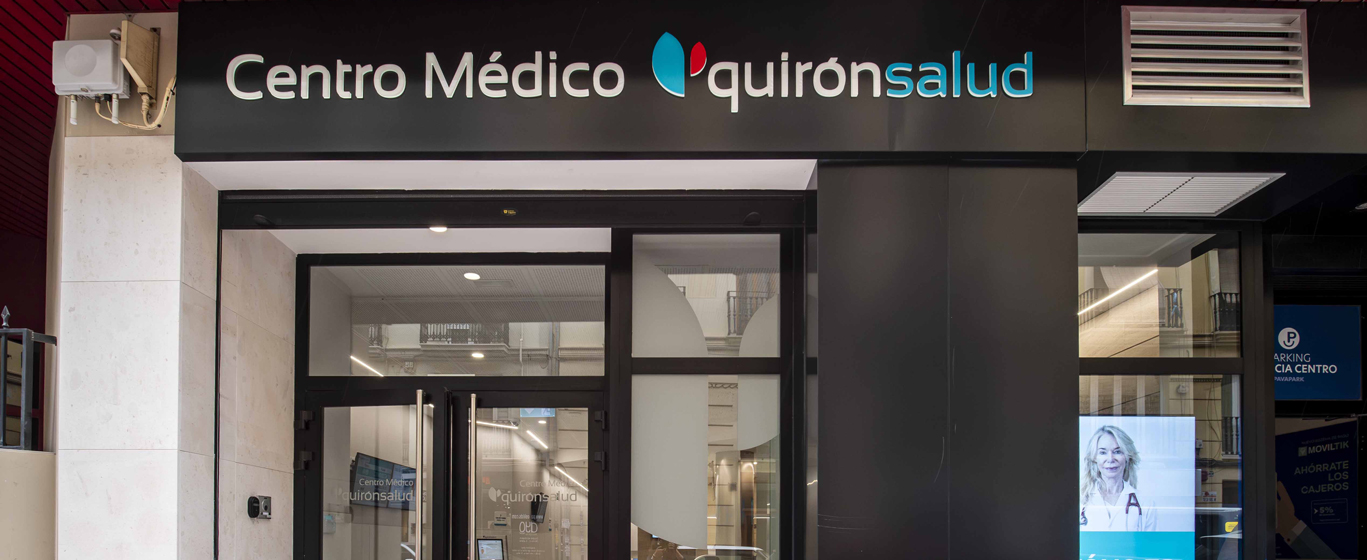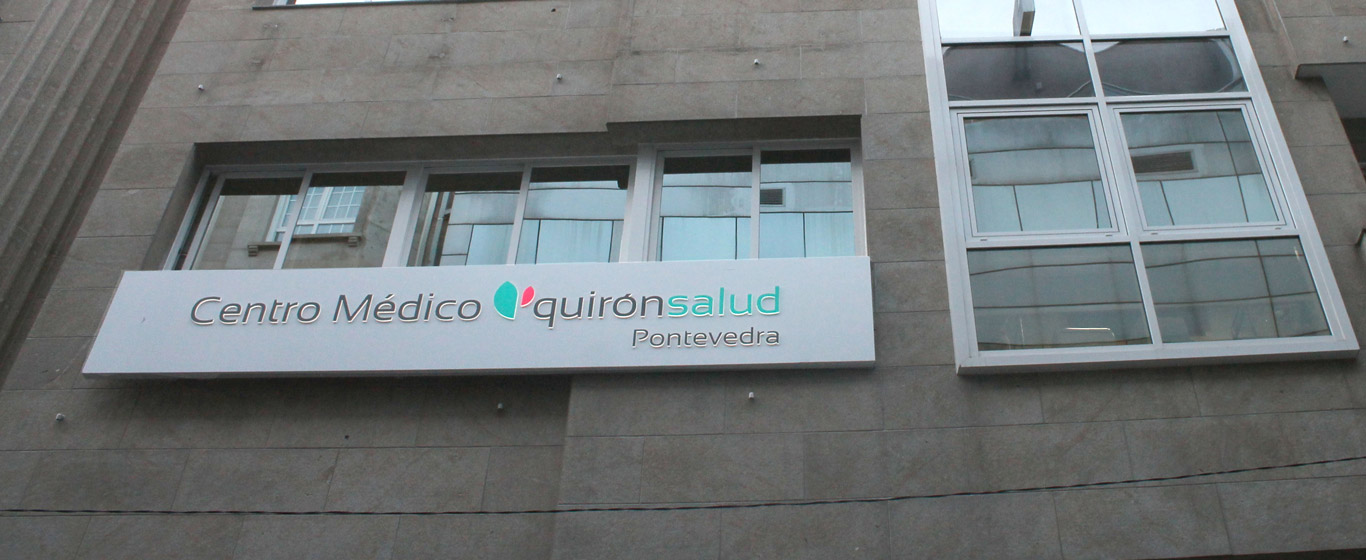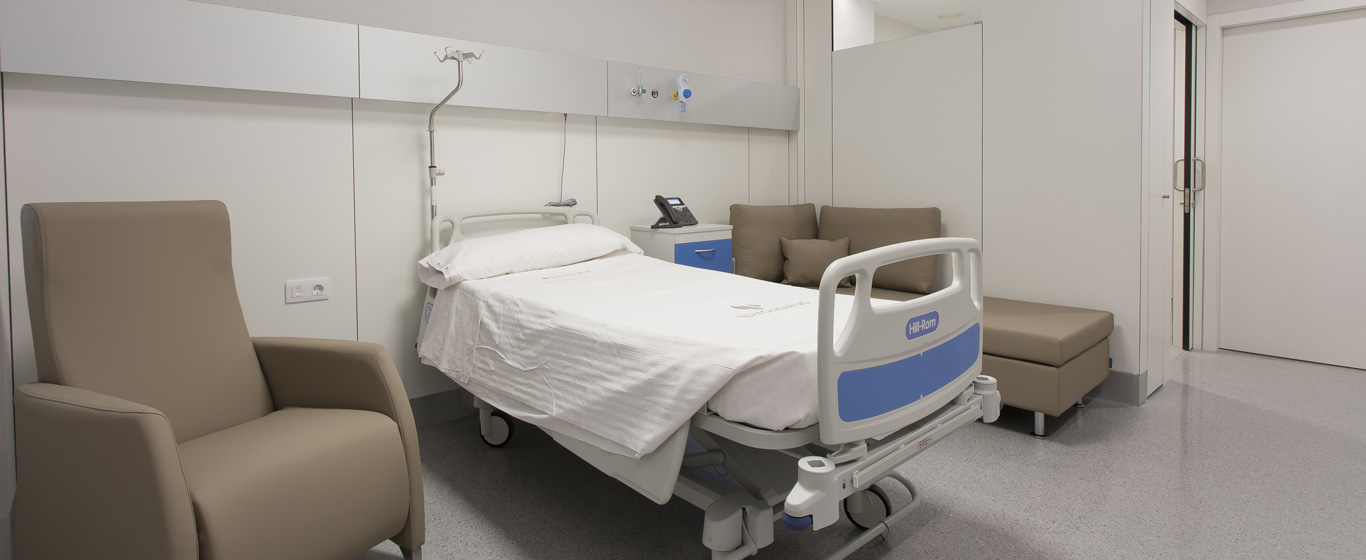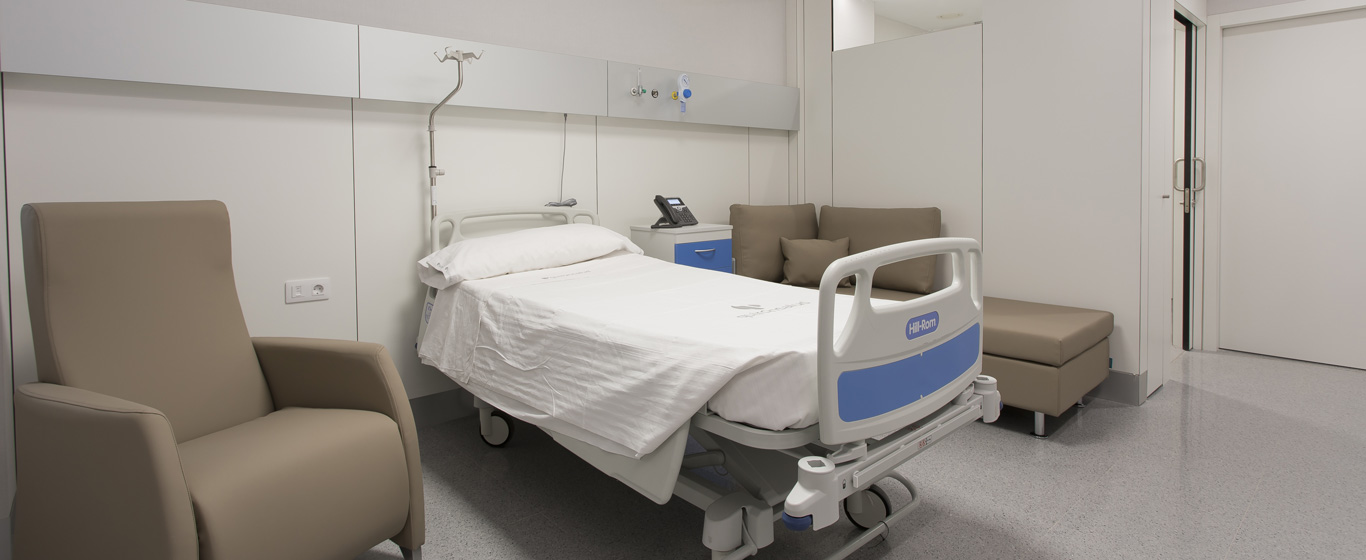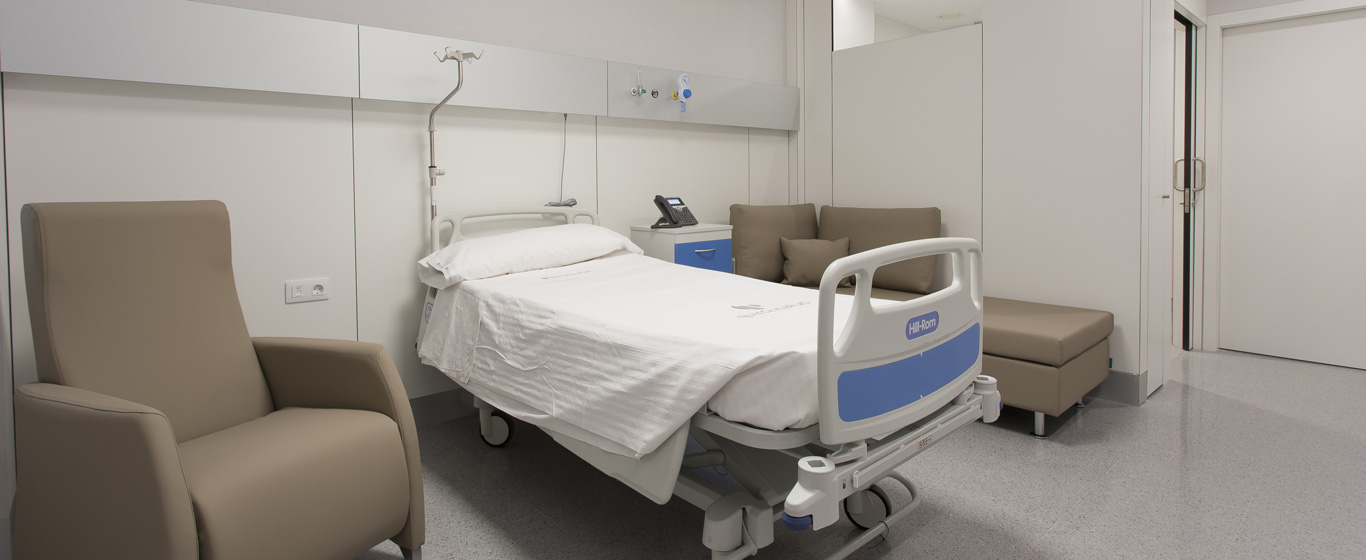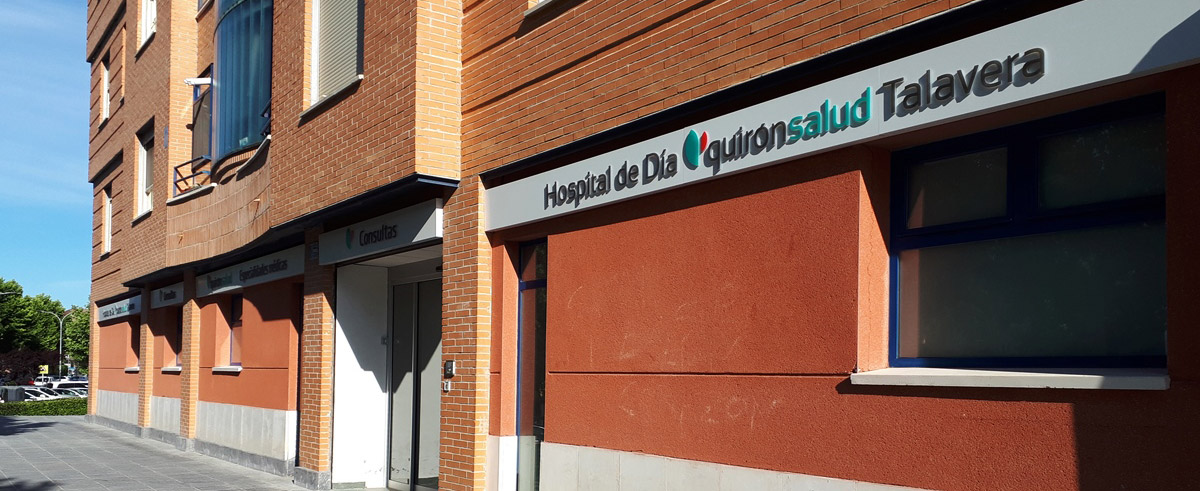Lymphedemas
How can lymphedema be treated? All the information about the causes, symptoms, and treatments of this condition.
Symptoms and Causes
Lymphedema, or lymphatic edema, is a chronic and progressive disease characterized by swelling (edema) caused by the accumulation of fluid in the body's soft tissues, due to the lymphatic system's inability to drain lymph. Lymph is a fluid essential to the immune system, formed from excess plasma that leaves the blood capillaries and is collected by lymphatic capillaries. The fluid is composed of water, lipids, proteins, white blood cells, as well as cellular waste, debris, and microorganisms. The lymph nodes filter the lymph of harmful substances and return it to the bloodstream. If this process does not occur properly, the fluid accumulates, and lymphedemas appear. Lymphedema primarily affects the legs and arms but can also occur in the chest wall, abdomen, neck, or genitals.
According to its origin, two types of lymphedema are distinguished:
- Primary lymphedema: has no apparent cause.
- Secondary lymphedema: the most common. It is caused by an underlying disorder.
Depending on the severity, lymphedema is categorized into four stages:
- Stage 0: there is heaviness, but no volume increase.
- Stage I: swelling is present, but the lymphedema is soft. Pressure on the skin leaves an indentation (pitting). If it affects a limb, the swelling subsides when elevated.
- Stage II: swelling increases. Fibrosis may appear, and the area becomes hard and swollen. The lymphedema is persistent and no longer reversible.
- Stage III: this is the most advanced stage and is rarely seen. Swelling and hardening increase, and elephantiasis occurs (similar to an elephant’s leg). Mobility is greatly impaired. Blisters or ulcers may appear, which can exude the accumulated fluid.
Symptoms
The most common symptoms of lymphedema include:
- Soft and depressible edema to the touch.
- Progressive increase in volume.
- Tight, shiny, and prominent skin.
- Sensation of heaviness.
- Fibrosis: over time, the skin thickens and hardens.
- Limited range of motion.
- Redness or rash may appear.
- Itching or a burning sensation.
Causes
Primary lymphedema is caused by a malfunction in the functioning or quantity of lymphatic vessels, leading to improper lymphatic system function. These alterations can be congenital, linked to hereditary disorders, and appear at any time without any apparent cause.
Secondary lymphedema, on the other hand, is caused by an obstruction or compression of the lymphatic vessels, mainly triggered by the following factors:
- Cancer: cancer cells can block lymphatic vessels.
- Radiotherapy: radiation can cause fibrosis and inflammation of lymph nodes or lymphatic vessels.
- Removal of lymph nodes, usually due to cancer.
- Infections that damage tissues or produce scars.
- Injuries or trauma that damage the lymphatic system.
Risk Factors
The main factors that increase the risk of developing lymphedema include:
- Overweight and obesity.
- Advanced age.
- Presence of rheumatoid or psoriatic arthritis.
- Family history, in the case of primary lymphedemas.
Complications
The accumulated fluid promotes the appearance of skin infections, such as infectious cellulitis, which causes pain, redness, and peeling. If it worsens, it can spread to the lymph nodes or bloodstream, leading to sepsis, a dysregulated immune response in which the body attacks its own tissues. This condition is life-threatening and requires urgent medical treatment.
Additionally, when swelling is severe, the lymphatic fluid can drain through the skin via small tears or blisters. Severe lymphedema has also been linked to a rare form of soft tissue cancer. Furthermore, the lack of mobility caused by lymphedema can deteriorate the person’s quality of life, and they may experience decreased self-esteem and mood due to the aesthetic appearance of the lymphedema, resulting from swelling and fibrosis.
Prevention
After experiencing cancer and undergoing oncological treatments, the risk of developing lymphedema can be reduced by taking the following measures:
- Specific exercises for the affected areas: helps maintain muscle flexibility, reduce scar tissue formation, and promote lymphatic circulation.
- Skin care: wash with neutral soaps, dry thoroughly, and apply alcohol-free, perfume-free moisturizers.
- Reduce the risk of infection: wash and disinfect any minor wounds or burns correctly.
- Maintain a healthy weight.
- Avoid wearing tight clothing, as it can increase pressure on the blood and lymphatic vessels.
Which doctor treats lymphedemas?
Lymphedemas are evaluated and treated by specialists in angiography and vascular surgery.
Diagnosis
The diagnosis of lymphedema is primarily based on clinical examination, where symptoms are observed and their severity is classified.
Once confirmed, tests are conducted to examine the lymphatic and vascular systems for blockages:
- Diagnostic imaging tests: ultrasound, magnetic resonance imaging (MRI), or computed tomography (CT) scans provide detailed images of the affected tissues.
- Lymphoscintigraphy: a contrast liquid is injected into the lymphatic ducts, and the flow of the liquid is observed through ultrasound.
- Lymphography: a radioactive material is injected into the skin, which travels through the affected area emitting gamma rays, and the images of the lymphatic system are projected with a camera.
Treatment
It is important to emphasize that lymphedema has no cure. The treatment focuses on preventing disease progression, improving lymphatic function, and avoiding complications. There are various treatment options, depending on the severity of the lymphedema:
- Conservative treatment: the goal is to reduce fluid accumulation and alleviate symptoms.
- Manual lymphatic drainage: a physiotherapy technique in which light pressure is applied to move the retained fluid to areas with healthy lymphatic systems.
- Compression bandages, sleeves, or stockings: elastic and tight garments that promote lymphatic drainage.
- Sequential pneumatic compression: pressure is applied through a cuff connected to a pump that inflates it.
- Surgery: when lymphedema is advanced or does not respond to conservative treatment, surgery is performed.
- Lymphovenous anastomosis or lymphatic venous bypass: lymph circulation is redirected by implanting an artificial silicone tube from functioning lymphatic vessels to subcutaneous veins.
- Lymph node transplant: vascular tissue containing lymph nodes is taken from another area of the body, such as the inguinal or supraclavicular region, and moved to the affected area, where scar tissue was previously removed. The lymph nodes produce growth factors that enable the formation of new lymphatic vessels, restoring circulation. It is a very effective procedure, but the results may take months to become visible.
- Liposuction: this procedure can be performed to remove fibrotic tissue, improving the function of the affected area, or to absorb lymphatic fluid and some excess fat deposits. The latter is a targeted drainage that does not improve lymphatic system function.







